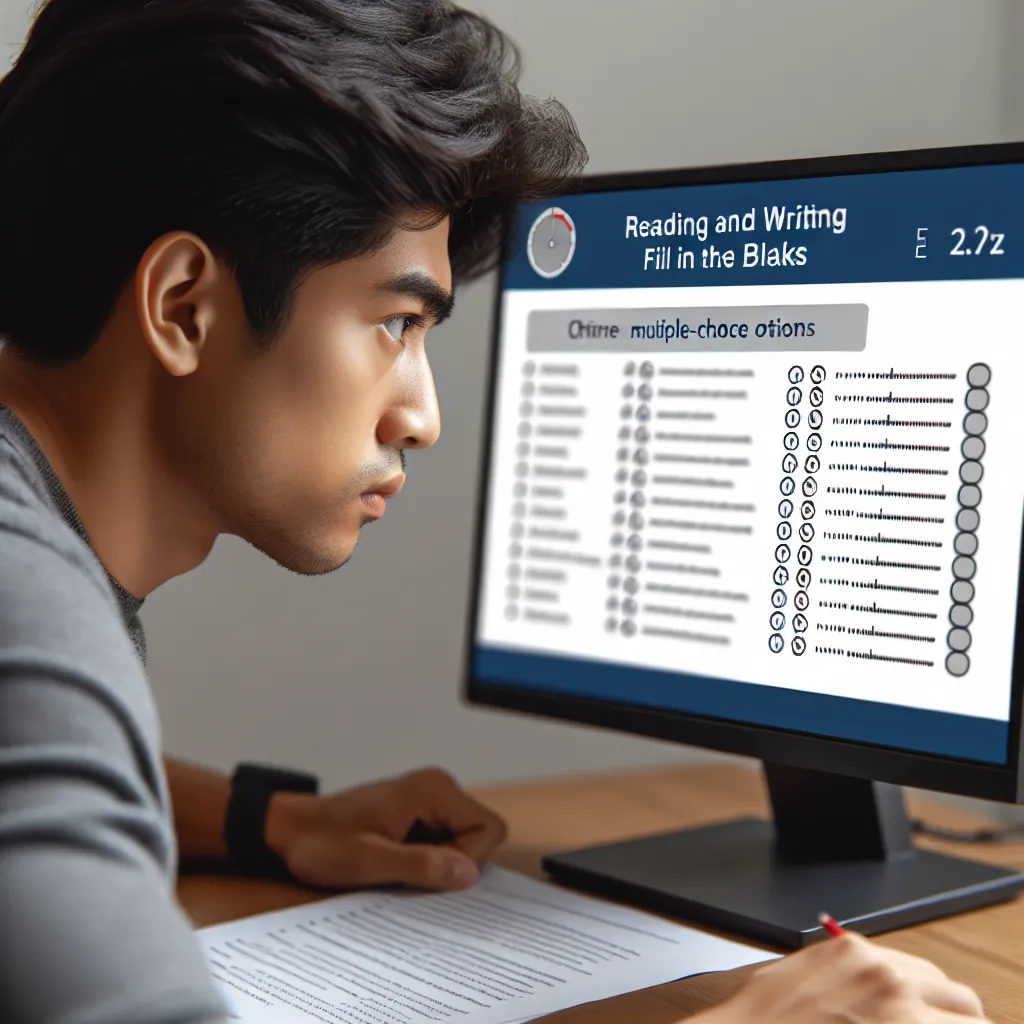The PTE Describe Image task is a crucial component of the speaking section in the Pearson Test of English Academic. It requires candidates to articulate their observations about a given image within a limited time frame. To excel in this task, it’s essential to have a repertoire of useful phrases at your disposal. This article will guide you through some effective phrases and strategies to improve your performance in the PTE Describe Image task.
Understanding the PTE Describe Image Task
Before diving into specific phrases, it’s important to understand the structure and requirements of the Describe Image task. In this section, candidates are presented with an image, which could be a graph, chart, map, or photograph. They have 25 seconds to analyze the image and prepare their response, followed by 40 seconds to describe it orally.
 PTE Describe Image Task
PTE Describe Image Task
Key Elements to Cover
When describing an image, it’s crucial to address the following elements:
- Introduction
- Main features or trends
- Supporting details
- Conclusion or overall impression
Now, let’s explore some useful phrases for each of these elements.
Effective Phrases for PTE Describe Image
1. Introduction Phrases
Starting your response with a strong introduction sets the tone for your entire answer. Here are some phrases you can use:
- “The image presented is a [type of image] that illustrates/depicts/shows…”
- “This [graph/chart/map/photograph] provides information about…”
- “The [bar graph/pie chart/line graph] displays data regarding…”
- “What we can see in this image is a [type of image] representing…”
2. Describing Main Features or Trends
After introducing the image, focus on the most prominent features or trends. Use these phrases to articulate your observations:
- “The most striking feature of this [graph/chart/image] is…”
- “It is clear from the [graph/chart] that…”
- “The [graph/chart] demonstrates a significant increase/decrease in…”
- “According to the data, there is a notable trend in…”
- “One of the key points illustrated by this [image/graph] is…”
3. Supporting Details
To provide a comprehensive description, include relevant supporting details. Here are some phrases to help you do this:
- “Looking at the details, we can see that…”
- “It’s worth noting that…”
- “Interestingly, the [graph/chart/image] also shows…”
- “Upon closer inspection, it becomes apparent that…”
- “Another important aspect to consider is…”
4. Comparing and Contrasting
When describing images that show multiple data sets or categories, use these phrases to compare and contrast:
- “In comparison to [X], [Y] shows a higher/lower…”
- “While [X] has increased, [Y] has remained relatively stable.”
- “There is a stark contrast between [X] and [Y] in terms of…”
- “The difference between [X] and [Y] is particularly noticeable…”
- “[X] significantly outperforms/underperforms [Y] in this regard.”
 PTE Describe Image Comparison
PTE Describe Image Comparison
5. Describing Percentages and Proportions
Many PTE Describe Image tasks involve percentages or proportions. Use these phrases to discuss such data:
- “Approximately [X] percent of…”
- “The majority, accounting for [X] percent, is…”
- “A significant proportion, roughly [X] percent, represents…”
- “Only a small fraction, about [X] percent, is attributed to…”
- “The pie chart is divided into [X] segments, with the largest slice representing…”
6. Conclusion or Overall Impression
Wrap up your description with a concluding statement or overall impression. Here are some phrases to help you do this effectively:
- “To summarize, the main point illustrated by this [graph/chart/image] is…”
- “In conclusion, it’s evident from the data that…”
- “Overall, this [graph/chart/image] clearly demonstrates…”
- “The key takeaway from this visual representation is…”
- “Based on the information provided, we can infer that…”
Tips for Using These Phrases Effectively
While having a range of phrases at your disposal is beneficial, it’s crucial to use them appropriately. Here are some tips to help you make the most of these phrases:
-
Practice flexibility: Don’t memorize entire sentences. Instead, familiarize yourself with these phrases and practice using them in different contexts.
-
Customize to the image: Adapt the phrases to fit the specific image you’re describing. Not all phrases will be suitable for every image type.
-
Maintain fluency: Use these phrases as tools to enhance your fluency, not as crutches that might interrupt your natural flow of speech.
-
Focus on accuracy: Ensure that you’re using these phrases accurately to describe what you see in the image. Misusing phrases can lead to a lower score.
-
Balance variety and coherence: While it’s good to use a variety of phrases, ensure that your description remains coherent and logically structured.
Common Mistakes to Avoid
When using these phrases in the PTE Describe Image task, be mindful of these common pitfalls:
-
Overusing formulaic phrases: While these phrases are helpful, overusing them can make your response sound unnatural.
-
Neglecting the image content: Don’t focus so much on using impressive phrases that you forget to accurately describe the image’s content.
-
Inadequate preparation: Familiarize yourself with different types of images (graphs, charts, maps, etc.) to ensure you can apply these phrases appropriately.
-
Poor time management: Practice using these phrases within the 40-second time limit to ensure you can complete your description effectively.
Next Steps for PTE Describe Image Preparation
Now that you’re familiar with these useful phrases, here are some steps to further improve your performance in the PTE Describe Image task:
-
Practice regularly: Use sample images from PTE preparation materials to practice describing various types of visual information.
-
Record yourself: Listen to your recordings to identify areas for improvement in pronunciation, fluency, and content.
-
Seek feedback: If possible, have a teacher or study partner evaluate your responses and provide constructive criticism.
-
Expand your vocabulary: Continue to build your vocabulary related to describing trends, data, and visual information.
-
Take mock tests: Simulate exam conditions by taking timed practice tests to improve your performance under pressure.
In conclusion, mastering the PTE Describe Image task requires a combination of effective phrases, accurate observation, and clear articulation. By incorporating these phrases into your practice and following the tips provided, you’ll be well-equipped to tackle this challenging aspect of the PTE Academic test. Remember, consistent practice and a focus on improvement are key to achieving success in this task and the overall exam.




